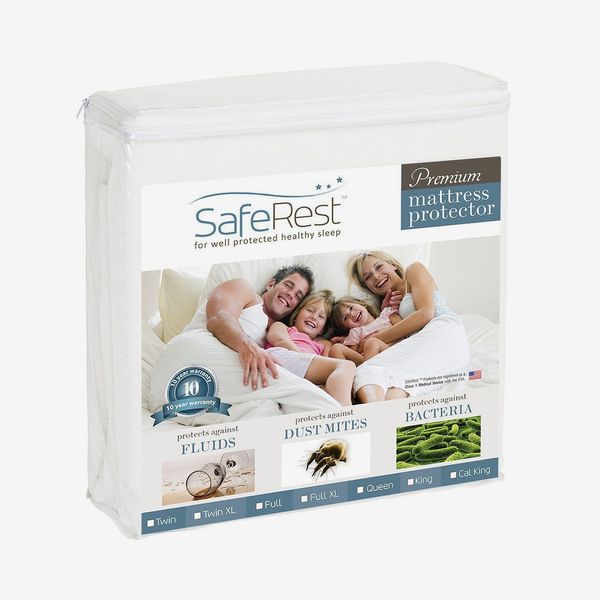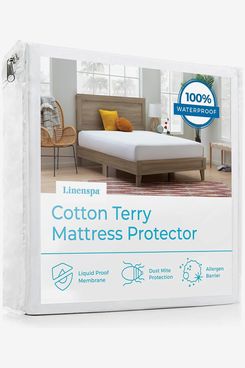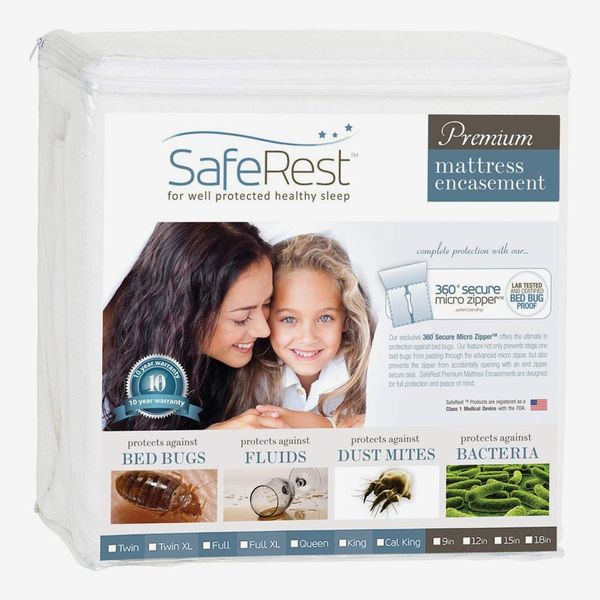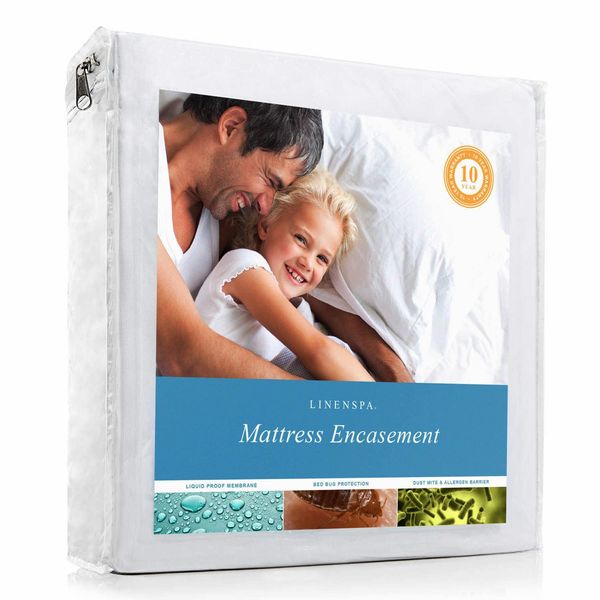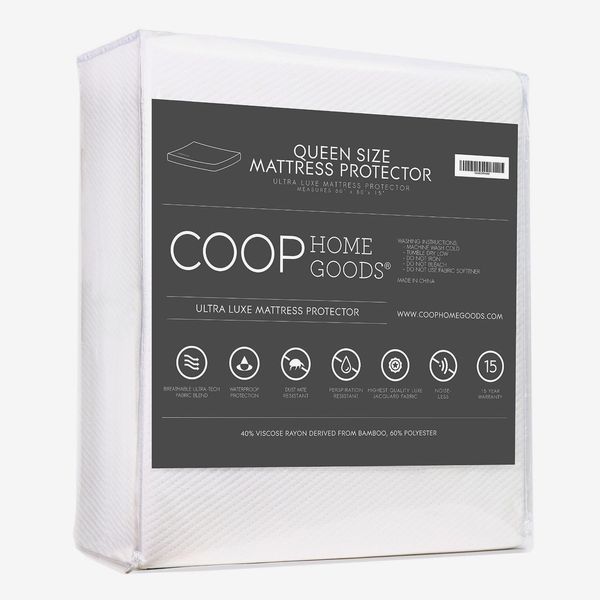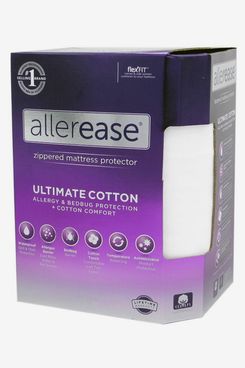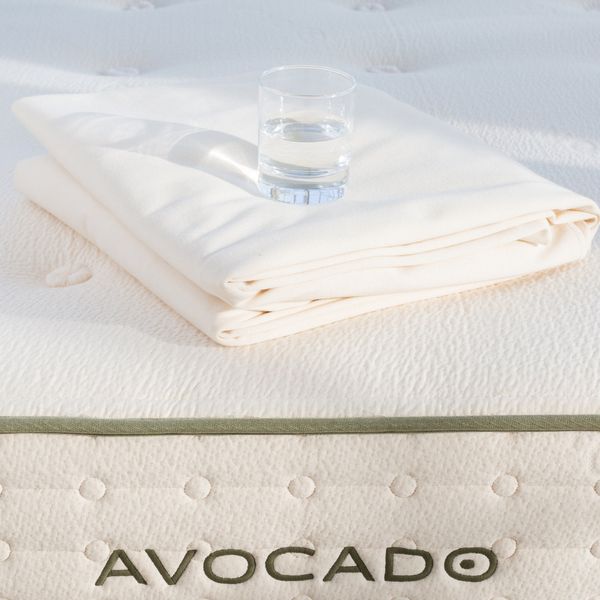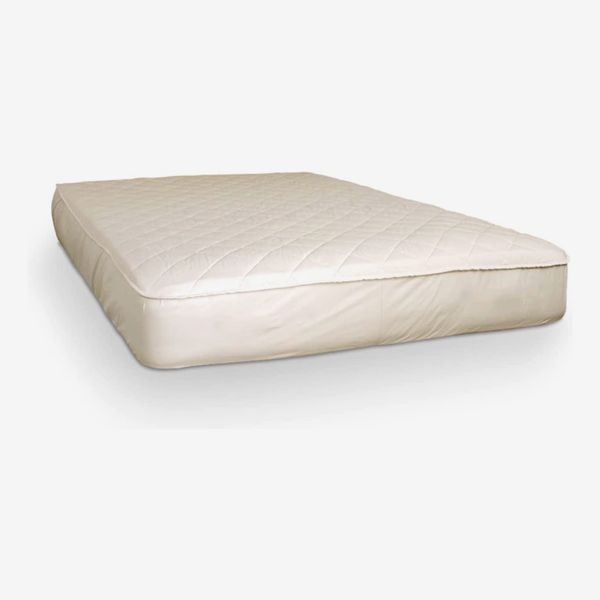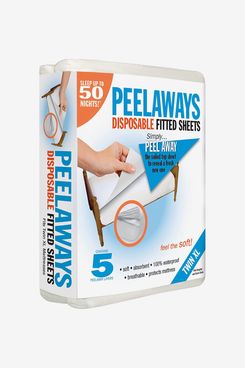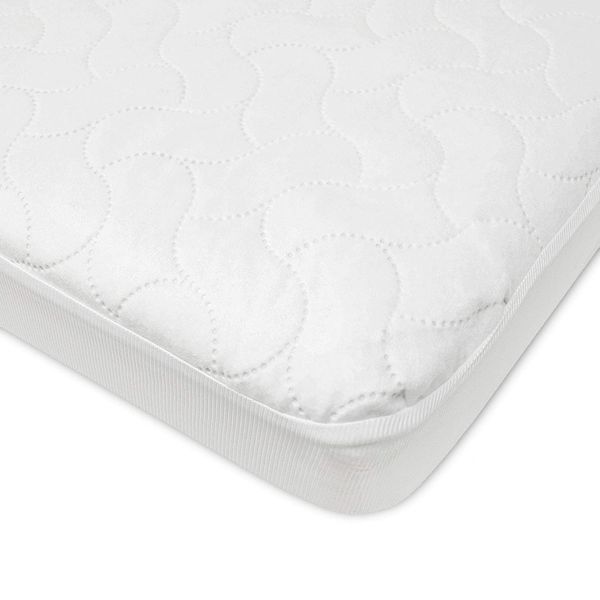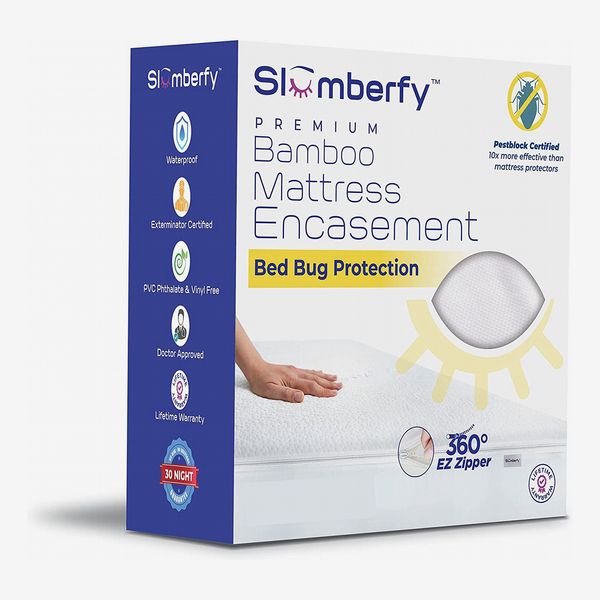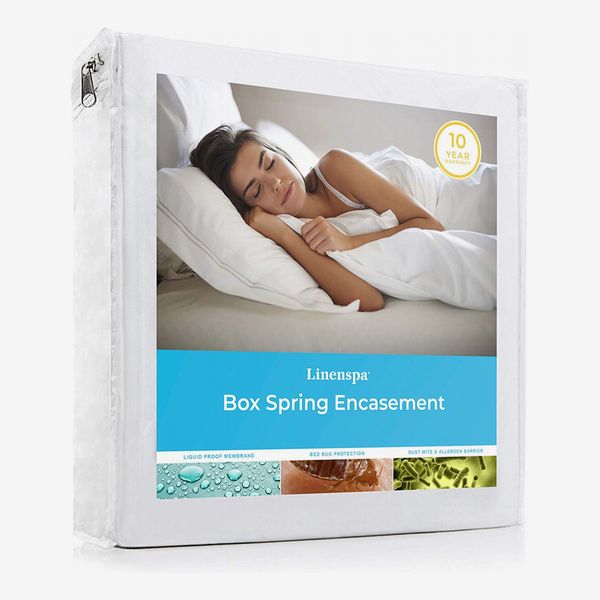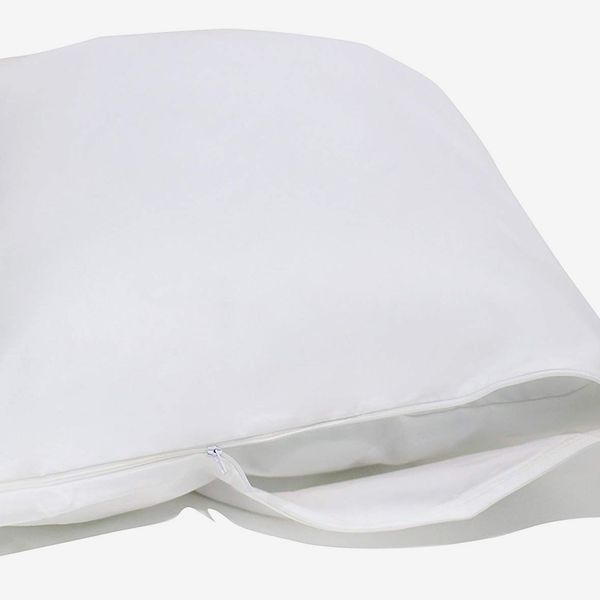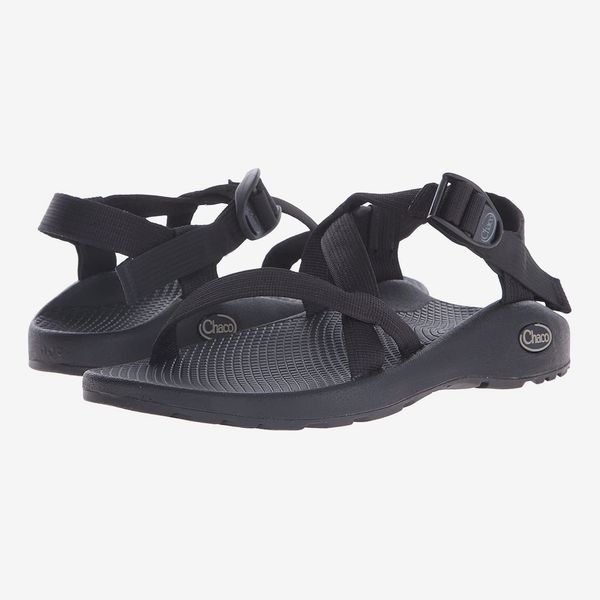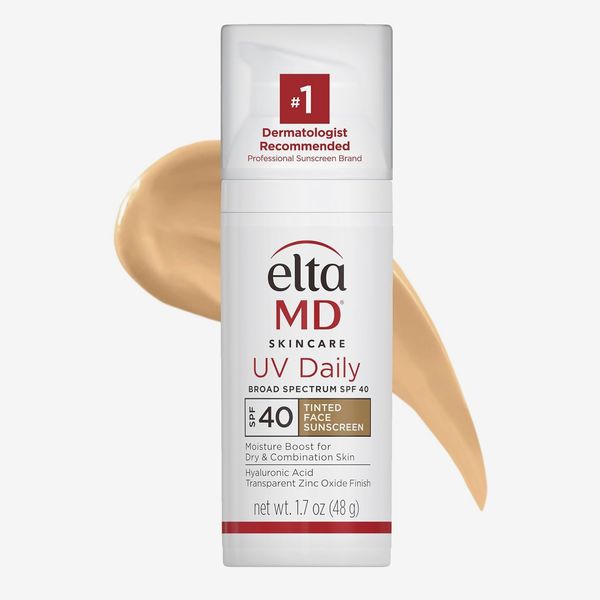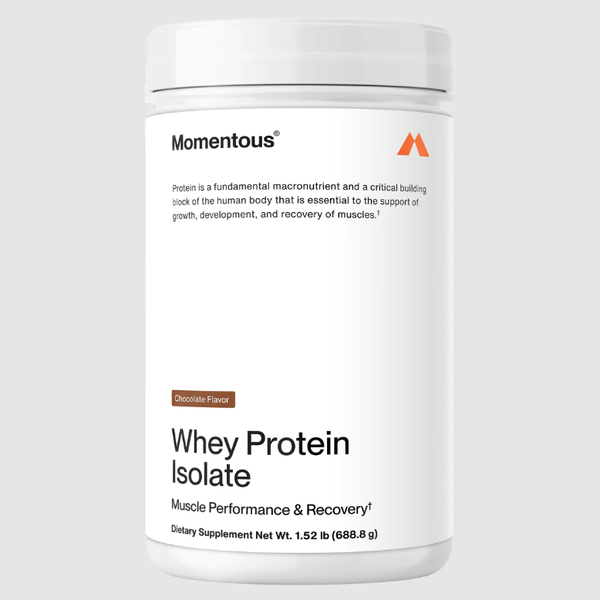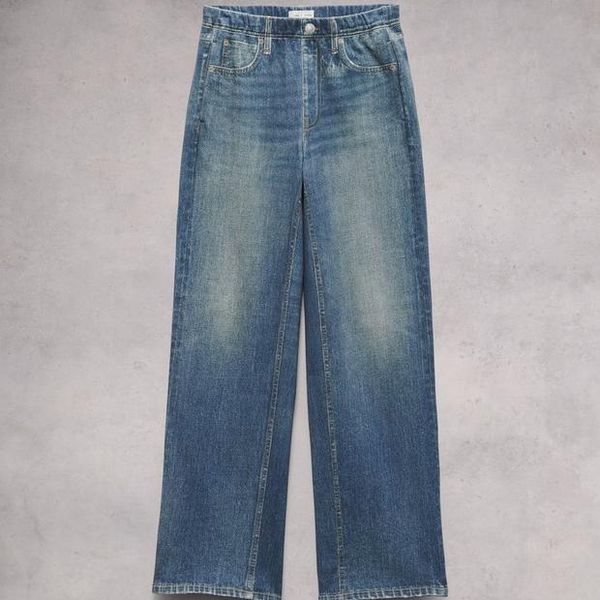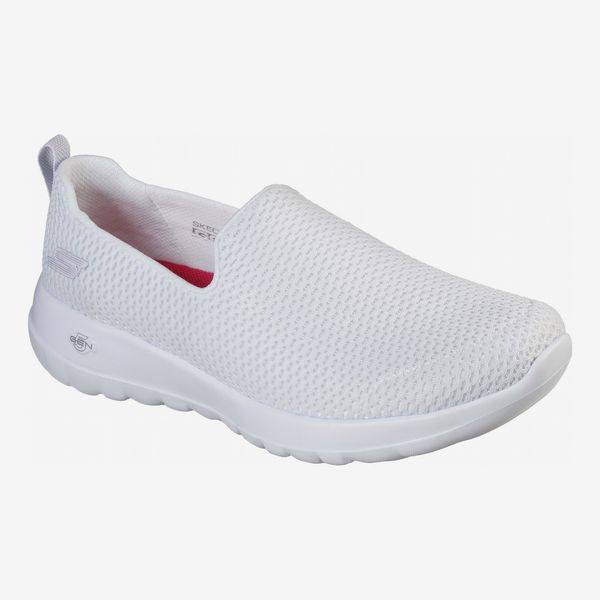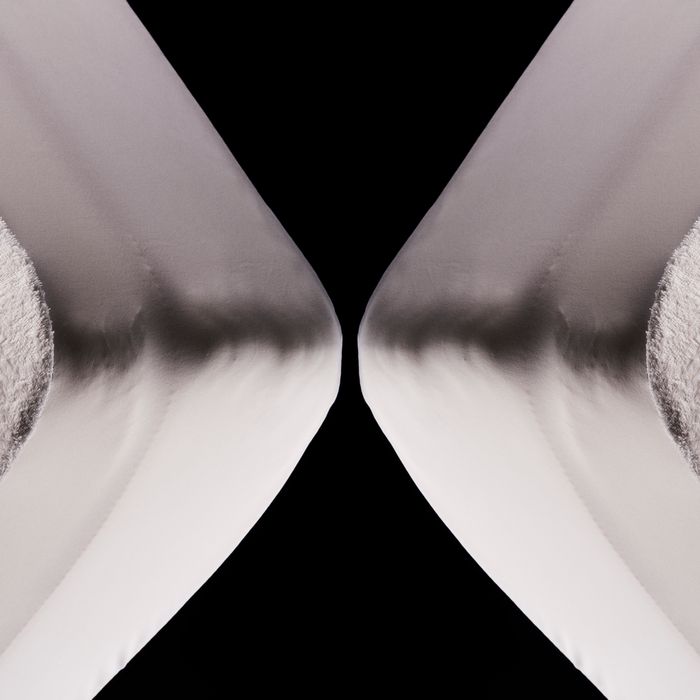
In this article
The main reason to get a mattress protector is to keep one of the most expensive items in your bed clean, dry, and stain-free. And a good mattress protector will create a waterproof, and sometimes hypoallergenic, barrier that’ll prevent any errant liquids from damaging the foam and innards of your mattress, as well as keeping it free of discoloration.
But the value of preventing those weird yellow patches isn’t just cosmetic. It’s the key to ensuring your mattress warranty remains intact. Almost all mattress brands will have a clause about staining and discoloration in their warranty fine print, using those physical markers as a proxy for liquid damage. Using a mattress protector will give you the best chance of making a successful warranty claim if anything goes wrong in the five to ten years that you might spend sleeping on it.
To find the best mattress protectors that will keep your mattress clean, without making too much noise or causing you to overheat while you sleep, we talked to nine experts who specialize in bedbug removal, pest control, potty training, and sleep. As the editor of the Strategist’s sleep coverage, as well as a parent of young kids and a pet owner, I would strongly recommend never going without one, so I’ve also tested a few mattress protectors myself, on my own bed and my kids’ beds. If you or someone in your household is navigating potty training, bed-wetting, incontinence, or a bedbug issue and you’re looking for a specific type of mattress protector, use the table of contents to jump ahead, or read on to find out what to consider as you shop. And once you’ve checked a mattress protector off your list, we also have guides to the best pillows, mattress toppers, and sheets.
What we’re looking for
Fabric
Mattress protectors are generally made from cotton, polyester, bamboo, or a blend of multiple fabrics over a waterproof layer of polyurethane or vinyl. However, the experts we spoke to when reporting specifically on anti-bedbug mattress protectors suggested avoiding vinyl. “Vinyl covers aren’t breathable and rip very easily because they have no stretch,” says Matthew Moers, co-owner of EZ Pest Exterminating. Potty-training consultant Renee Meyer also suggests avoiding vinyl because it is not very comfortable to sleep on and can disrupt rest. Beyond that, the material you choose is mostly a personal preference. Polyester is stretchy and durable but can be noisy. To avoid any unpleasant swishing sounds, Amelia Jerden, a sleep coach and staff writer at Sleepopolis, recommends looking for a protector with a “softer comfort layer, such as a thin padding of cotton,” over waterproof materials like polyurethane. Cotton is also quieter and a little more breathable than polyester, though it’s slightly less durable. Bamboo blends are better for hot sleepers or those looking for more sustainably sourced materials.
Protective qualities
Your mattress protector can serve more than one purpose. You might need a waterproof protector to keep a child’s mattress dry while potty training, a hypoallergenic protector if you are sensitive to dust mites, or a bedbug-resistant protector that will fully encase your mattress instead of covering just the top of it. Some protectors can check off all those boxes, while others focus on one function more than others.
Mattress fit
It’s important to choose a protector that will fit your mattress tightly. A loose fit provides more opportunities for bugs, mites, and liquid to penetrate through to your mattress and it can make the protector noisier when you move around at night. If you’re looking for a cover that will protect your bed from bugs, Jeffery White, owner and CEO of White Mantis Consultants, says that choosing one with a quality and secure zipper closure is also essential. “If the teeth are too large, the bugs may be able to get through the zipper even when closed. Also, where the zipper end-stop is located, there should be some sort of design aspect that makes sure there isn’t a gap between where the zipper closes and the fabric itself,” White explains. Kay McDonald, trainer and handler at Bed Bug Detection K-9s, points out that bedbugs can also take up residence in your box spring, if you have one, so it’s wise to consider purchasing a protector to fully encase that part of your bed as well. The best way to ensure a snug fit is to match the mattress protector with the height of your mattress. Below, we’ve noted the maximum depth that each mattress protector will fit.
Cleaning
By design, mattress protectors collect sweat, moisture, and a laundry list of other stuff that you don’t want on your actual mattress. This means they need to be washed regularly, just like your bedsheets. Most mattress protectors are machine washable, but some aren’t designed to be tumble dried. If you are using a cover as part of a bedbug-management plan, White says that you should leave it on your mattress for at least a year to ensure that the bugs are dead and the problem is resolved.
Best mattress protector overall
Fabric: Cotton terry over polyurethane | Protective qualities: Hypoallergenic and waterproof | Style: Fitted sheet | Pocket depth: 18 inches deep | Care instructions: Machine wash and tumble dry
This mattress protector from SafeRest is our top pick because it’s reliably waterproof, comfortable to sleep on, and pretty affordable. We first learned about it from Timothy Wong, the technical director of New York City–based ecofriendly pest-management company M&M Pest Control, when we asked him about bedbug mattress protectors and he pointed to SafeRest’s covers as the best. Wong typically recommends the brand’s Premium Zippered Bedbug Proof Mattress Encasement to all his clients. However, he notes that all of SafeRest’s covers are completely waterproof, hypoallergenic, and machine washable. And because this fitted-sheet style is easier to put on and remove than an encasement-style protector, I’ve named it our top pick.
I’ve purchased this cover more than once and used it on my own bed as well as on my kids’ beds. It’s made of cotton terry over polyurethane, and, I’m relieved to report, has kept our home’s mattresses clean and dry after countless potty-training leaks and corresponding trips through the washer and dryer. (I also appreciate that it’s Oeko-Tex-certified, which means it’s free of PVC and vinyl.) It doesn’t create any swishy or crinkly plastic noise under our sheets, which would be an absolute deal-breaker for me. Plus, because this SafeRest protector is affordable and often on sale (keep an eye on Amazon’s on-page coupons, which pop up frequently and can result in some pretty significant discounts), I keep a couple extras in rotation so that our mattresses are never without a fresh protector when my family’s bedding is in the laundry.
The one thing I would be sure to note is that if you are an especially warm sleeper, you may want to consider a more cooling top fabric than cotton terry. I run cold, so I have not any temperature issues with the SafeRest, even using it year-round. My hot water bottle of a 6-year-old also sleeps on it all year long with no complaints. But sweaty sleepers may prefer a mattress protector with more moisture-wicking and temperature-regulating materials like bamboo, particularly during the summer or if you live in a warmer climate.
Best (less expensive) mattress protector overall
Fabric: Polyester blend over polyurethane | Protective qualities: Waterproof | Style: Fitted sheet | Pocket depth: 22 inches | Care instructions: Machine wash and tumble dry
Former Strategist writer Latifah Miles has used this budget-friendly, polyester-blend mattress protector on her tween son’s bed for over two years. “He seems to get a thrill out of trying to balance open cups on his bed,” she says, and the protector has “kept everything from water to hot chocolate from seeping into his mattress.” Miles adds that the texture of the fabric layer also creates a slight traction that helps to keep her son’s actual fitted sheet in place. Unlike our top-pick SafeRest, the Linenspa uses polyester instead of more natural cotton for its fabric layer (even though the product name and description say “cotton terry,” the care tag says otherwise). It is also not hypoallergenic or Oeko-Tex-certified. However, it has a greater depth of 22 inches, so it’s a good option if your mattress is especially tall, and its low price makes it very affordable to buy in multiples.
Best fully encased mattress protector
Fabric: Cotton terry over a waterproof membrane | Protective qualities: Bedbug protection, waterproof, hypoallergenic | Style: Full encasement | Pocket depth: Available in a variety of depths, up to 18 inches | Care instructions: Machine wash and tumble dry
This mattress encasement, which Wong recommends to his pest-control clients, is also by SafeRest, the maker of our top-pick mattress protector above. Made of breathable cotton terry over a waterproof membrane, it is fully waterproof and has a specially designed zipper that Wong especially likes for bedbug protection. White adds that for any zippered, fully-encased mattress cover, the “zipper and zipper end-stop should have research demonstrating that it works at preventing bedbugs from getting in and out,” and SafeRest’s bedbug mattress protectors are independently lab-tested and certified to be bedbug-proof. This encasement is Oeko-Tex-certified, which means it’s free of PVC and vinyl. It comes in a range of depths, from six to nine inches on the low end to 15 to 18 on the high end, to ensure a good fit for whatever mattress you have.
Best (less-expensive) fully encased mattress protector
Fabric: 100 percent polyester over a waterproof layer | Protective qualities: Waterproof | Style: Full encasement | Pocket depth: 10 inches or 12 inches | Care instructions: Machine wash and tumble dry
NYC Bed Bug Inspections owner John H. Brickman often recommends Linenspa’s Zippered Mattress Encasement to his clients as an affordable cover to protect mattresses and box springs or mattress foundations from dust mites and bedbugs. Made of durable polyester, it is also waterproof on all sides, as well as machine-washable. The potential trade-off of Linenspa’s lower-priced fully encased mattress protector, however, is that while it comes in two different depths, it tops out at 12 inches and won’t fit especially tall mattresses.
Best cooling mattress protector
Fabric: 60 percent polyester, 40 percent bamboo-derived viscose rayon over polyurethane | Protective qualities: Waterproof | Style: Fitted sheet | Pocket depth: 18 inches | Care instructions: Machine wash and tumble dry
This is another mattress protector that I use in my own home, in rotation with the Strategist’s top pick SafeRest. Made by Coop Home (which also makes one of our favorite pillows), its top layer is a blend of polyester and bamboo-derived viscose rayon, the latter of which is known for being more cooling and breathable than other materials. Compared to the looped cotton-terry fabric on the SafeRest, which is a little nubbier in feel (kind of like a bath towel), the Coop protector has a smoother finish. I own it in a twin size and typically use it during the summer for my younger daughter, who sleeps hot. Anecdotally, I do feel like its (also Oeko-Tex-certified) fabric sleeps a little cooler than the cotton terry on the SafeRest. But most importantly, its polyurethane backing has protected my daughter’s mattress through Pull-Up leaks and water-bottle spills, held up well through dozens of trips through the washer and dryer, and does not make any disruptive crinkling sounds.
Best mattress protector for people with allergies
Fabric: 100 percent cotton top layer over 88 percent polyester, 12 percent nylon | Protective qualities: Hypoallergenic, moisture wicking, bedbug protection, waterproof | Style: Full encasement | Pocket depth: 15 inches | Care instructions: Machine wash and tumble dry
An allergen-specific mattress protector is designed to keep irritants like dust mites and pet dander from collecting on and inside your mattress. Sleep consultant Kelly Murray named this AllerEase protector as her “No. 1 recommendation” because along with protecting against bedbugs and allergens, it is comfortable and breathable. Constructed from a cotton top layer over a waterproof poly-blend layer, the zippered-encasement construction is designed to make the cover impenetrable, which White says is “the more important aspect of encasements” and makes them actually work.
Best organic mattress protector
Fabric: 100 percent organic cotton over polyurethane | Protective qualities: Waterproof | Style: Fitted sheet | Pocket depth: Available in two sizes, up to 22 inches | Care instructions: Machine wash and tumble dry
One of the main benefits of buying organic bedding is the peace of mind that comes with knowing your bed is free of potentially reaction-causing additives. Made of two layers of naturally hypoallergenic organic cotton wrapped around an extra-thin layer of polyurethane (which makes up 5 percent of the protector), the Avocado mattress protector is soft, quiet, and waterproof. The protector is available in two depths, 16 inches or 22 inches, and can be machine-washed and tumble-dried on low.
Best wool mattress protector
Fabric: Cotton over wool padding | Protective qualities: Hypoallergenic and moisture wicking | Style: Fitted sheet | Pocket depth: 18 inches | Care instructions: Machine wash and hang to dry
Though it is not waterproof, this cotton-and-wool mattress protector pad from Woolroom can still help prevent smaller spills and accidents from seeping into a mattress. And because wool is naturally hypoallergenic and moisture-wicking, Miles found that its standout features were that it added a thin layer of softness and helped regulate her body temperature while she slept. The protector is conveniently machine-washable on a delicate cycle — though you do have to hang it up to dry. I’d also recommend layering it with a waterproof mattress protector underneath if you want to sleep on wool and cotton but still be certain that no liquids will make it through.
Best mattress protector for nighttme potty training
Fabric: Bamboo, rayon, and polyester fibers | Protective qualities: Hypoallergenic, waterproof | Style: Fitted sheet | Pocket depth: Not listed | Care instructions: Disposable
Parents in the throes of nighttime potty training will attest to the amount of laundry that can pile up after an accident. Meyer and Allison Jandu, owner and founder of Potty Training Consultant, both suggest these disposable waterproof bedsheets for anyone who is wetting the bed often. Each package contains one fitted sheet with five waterproof top layers. The top four layers are “peel-away,” so if an accident happens, you can just peel a layer off, and the next layer is ready to go, Meyer explains. If you are dealing with frequent accidents, the layers are comfortable enough that you can forego a regular fitted sheet on top, so you’ll only have to remove a single layer when it’s time to change bedding. The sheets are considered disposable and not meant to be laundered, but if you are concerned about their environmental footprint, Jandu notes that “the temporary use of Peelaways is about equivalent to the water and laundry detergent usage from multiple bedding washes.” They come in multiple sizes to fit crib, twin, twin XL, full, queen, and king mattresses.
Best crib mattress protector
Fabric: 100 percent polyester | Protective qualities: Waterproof | Style: Fitted sheet | Pocket depth: 9 inches | Care instructions: Machine wash and tumble dry
Designed to keep diaper explosions, bottle spills, and general moisture away from your baby’s crib mattress, this budget-friendly, no-frills mattress protector is waterproof and machine washable. It’s sized to fit a standard crib mattress, at 28 inches by 52 inches, with deep corner pockets that ensure the protector won’t slide off the mattress. Many reviewers note that it’s durable and quiet, works well, and is easy to clean, which are all essential for babies. You can also purchase it in a two-pack (and save a few bucks on each) if you want to have a backup on hand.
Additional reporting by Latifah Miles.
Some more bedding protectors we’ve written about
Our experts
• John H. Brickman, owner of NYC Bed Bug Inspections
• Allison Jandu, owner and founder of Potty Training Conultant
• Amelia Jerden, a sleep coach and writer at Sleepopolis
• Kay McDonald, trainer and handler at Bed Bug Detection K-9s
• Renee Meyer, potty-training consultant
• Latifah Miles, former Strategist writer
• Matthew Moers, co-owner of EZ Pest Exterminating
• Kelly Murray, sleep consultant
• Jeffery White, owner and CEO of White Mantis Consultants
• Timothy Wong, technical director of M&M Pest Control
The Strategist is designed to surface the most useful, expert recommendations for things to buy across the vast e-commerce landscape. Some of our latest conquests include the best acne treatments, rolling luggage, pillows for side sleepers, natural anxiety remedies, and bath towels. We update links when possible, but note that deals can expire and all prices are subject to change.
Every editorial product is independently selected. If you buy something through our links, New York may earn an affiliate commission.
